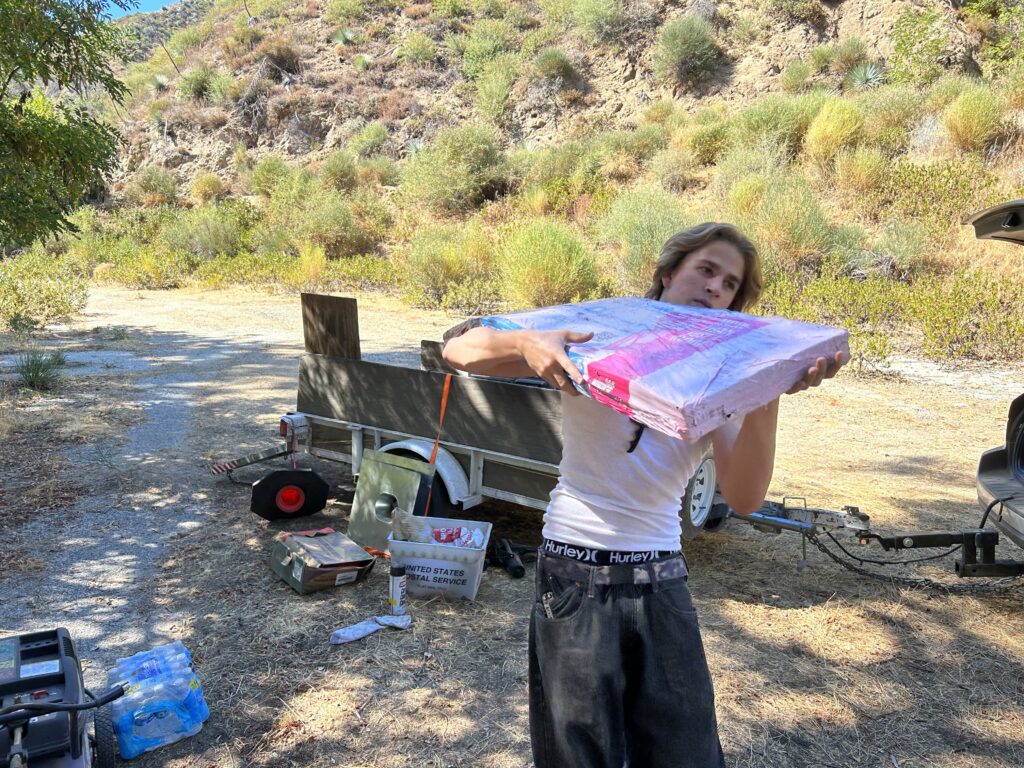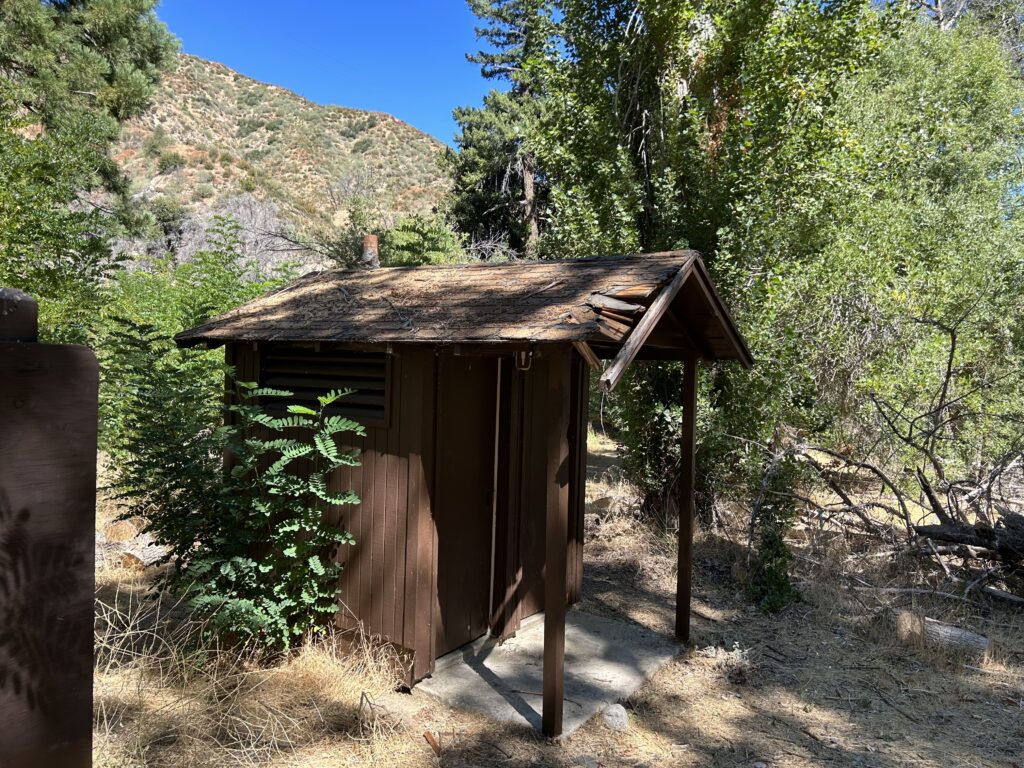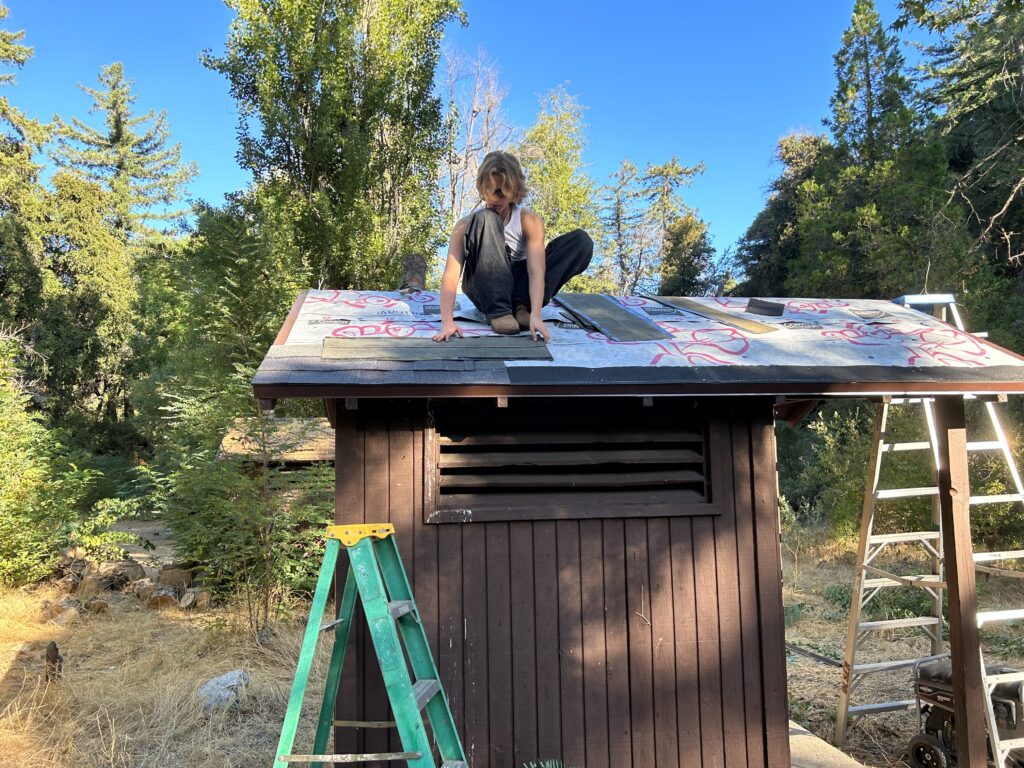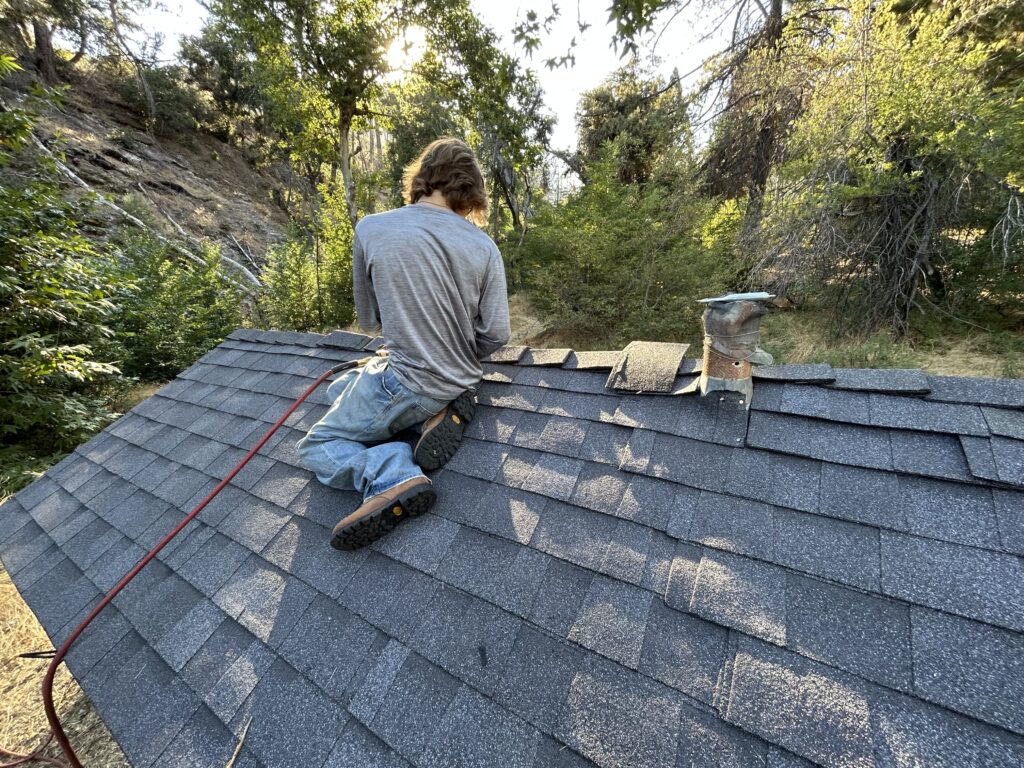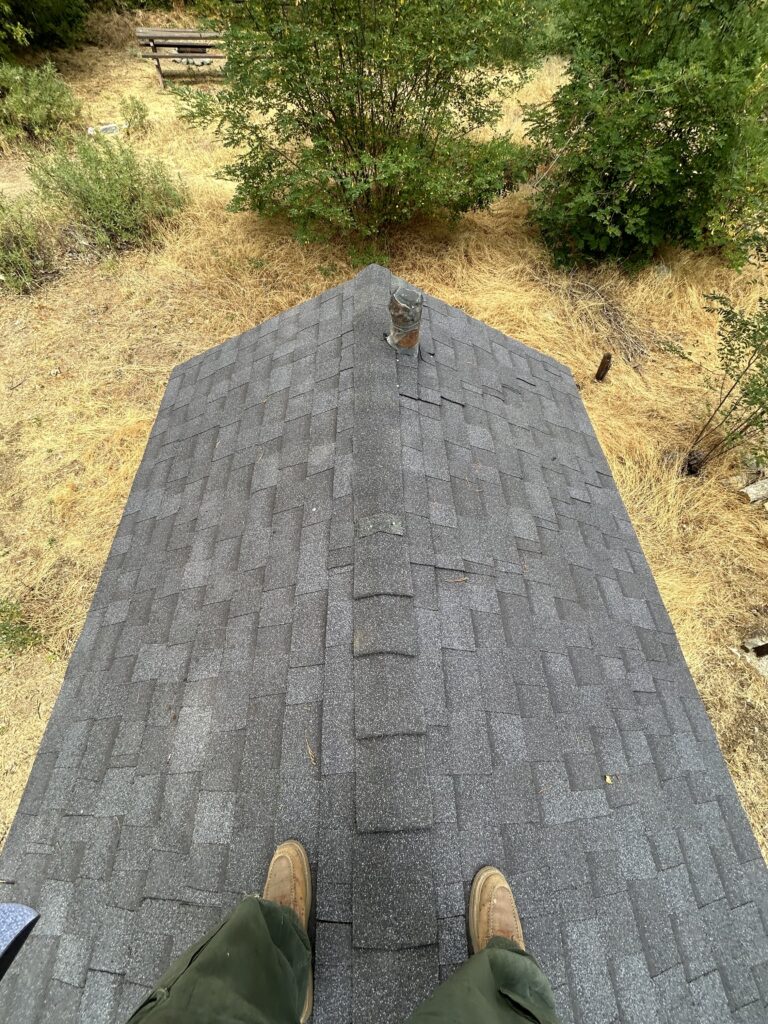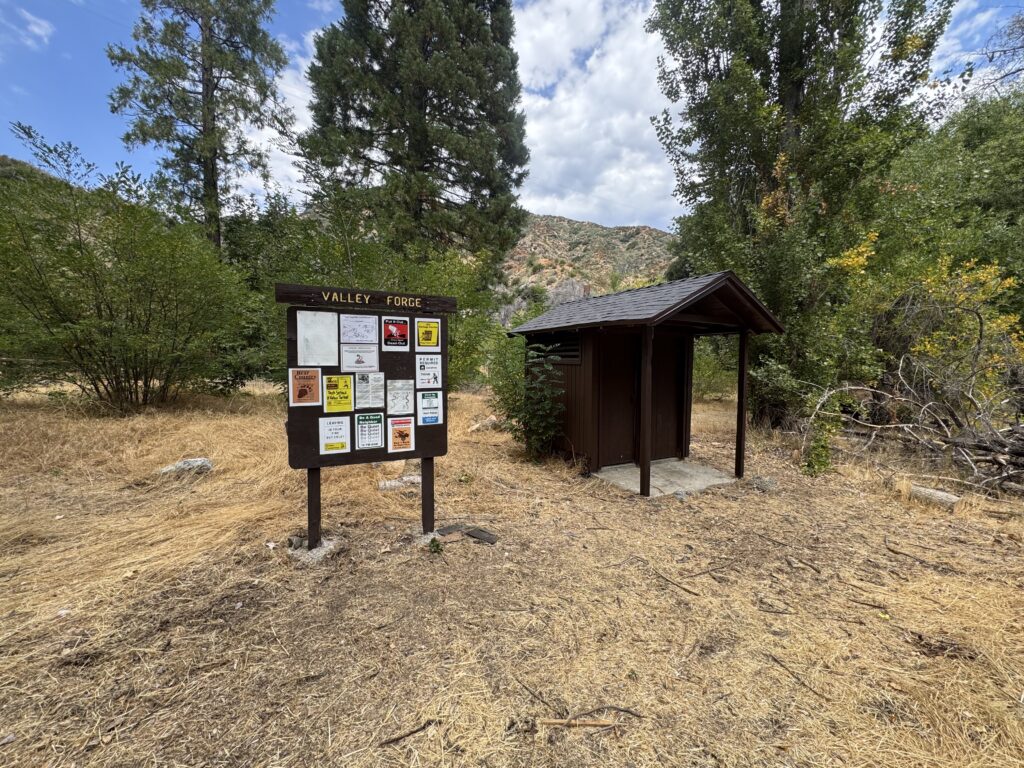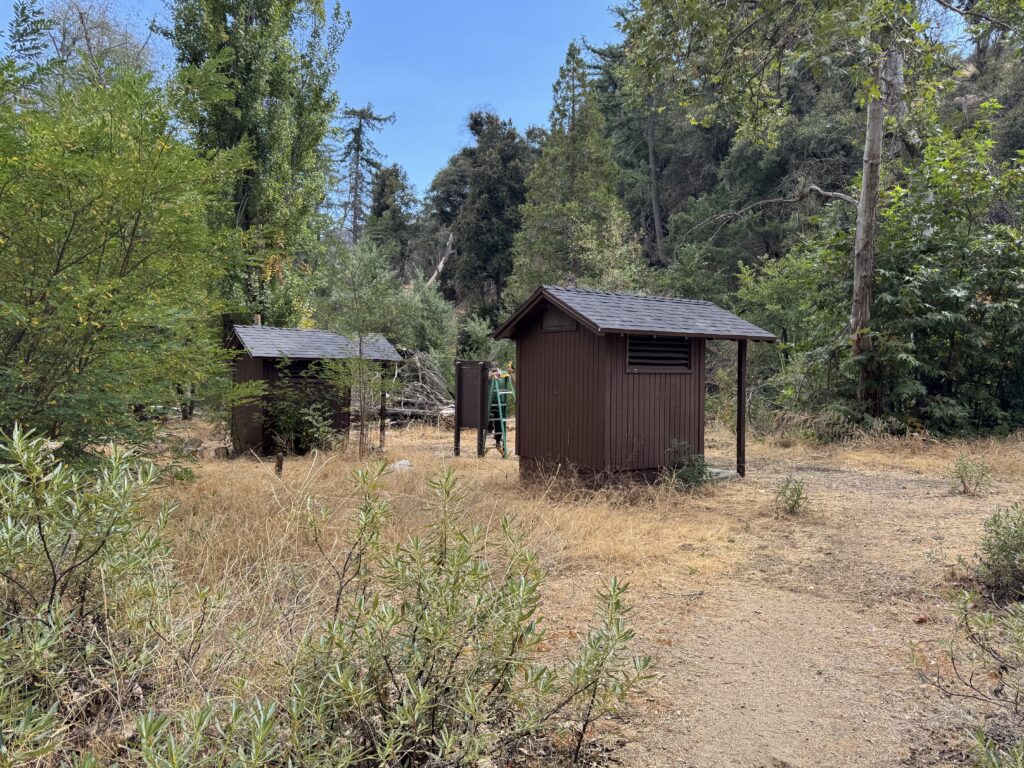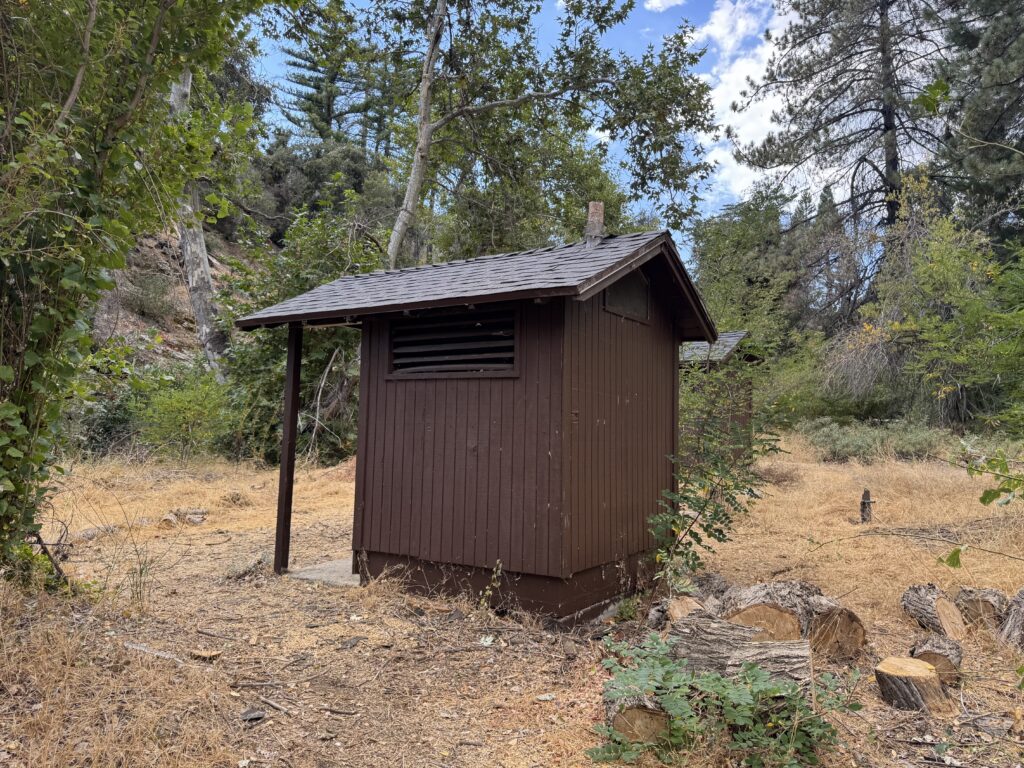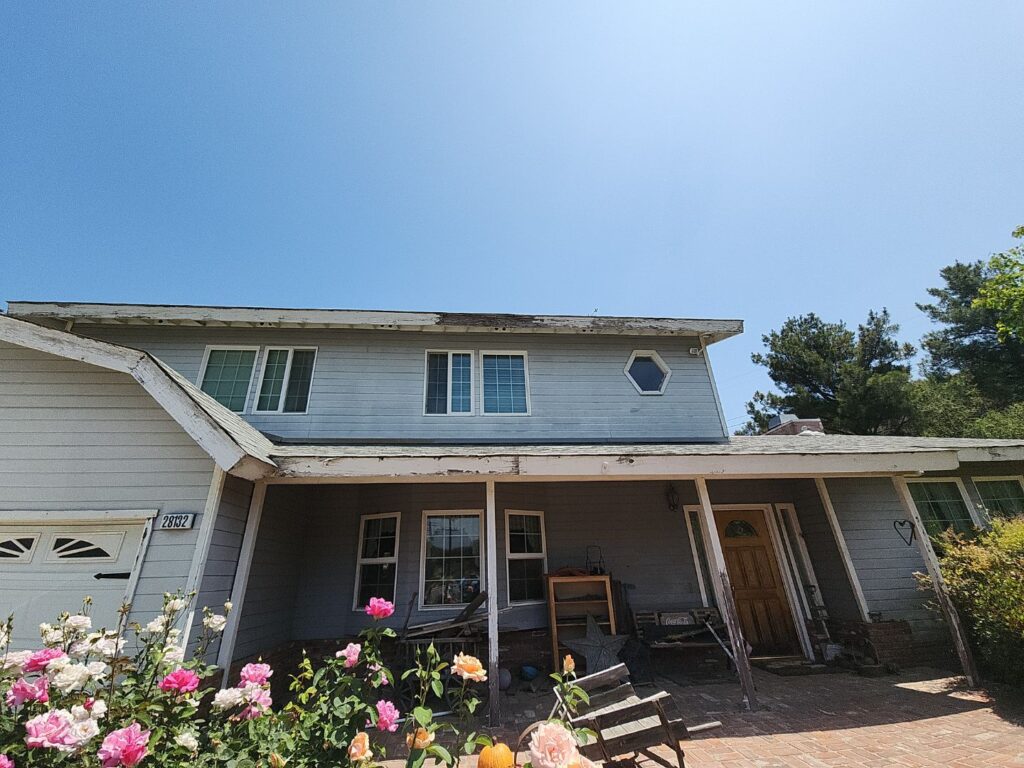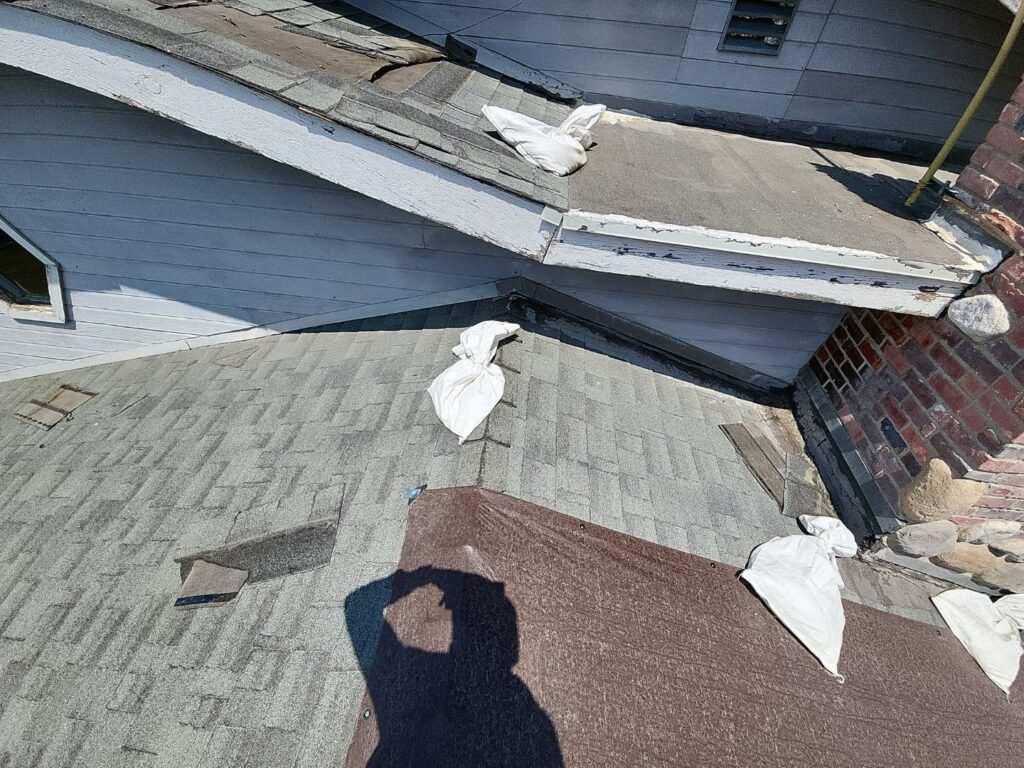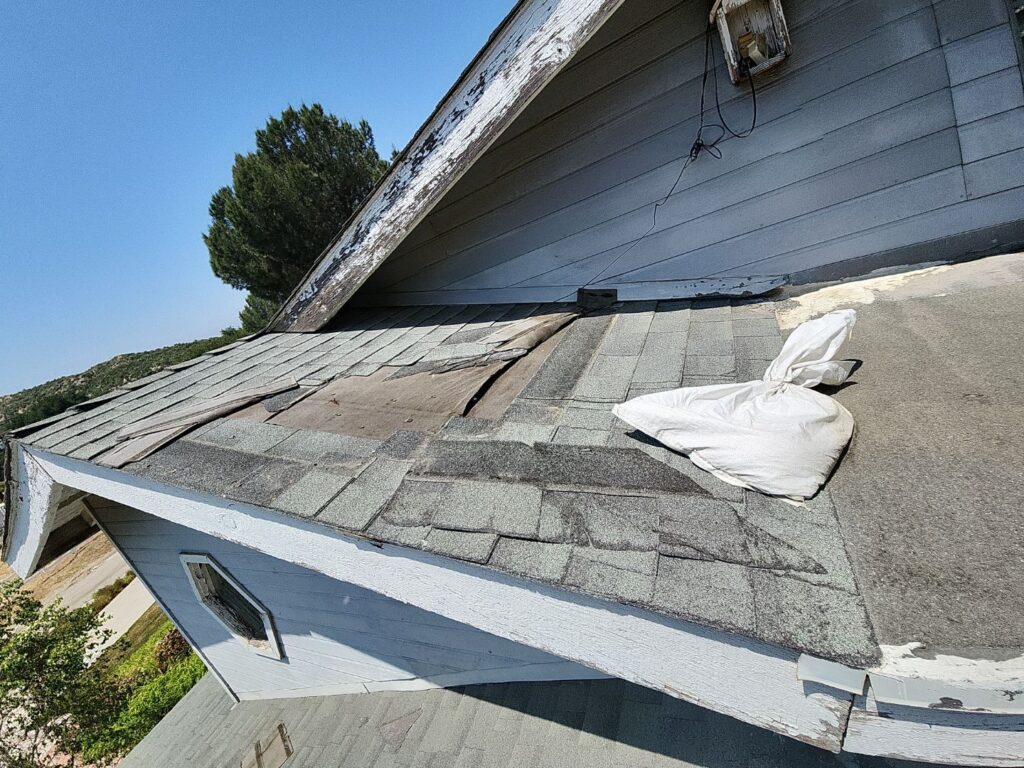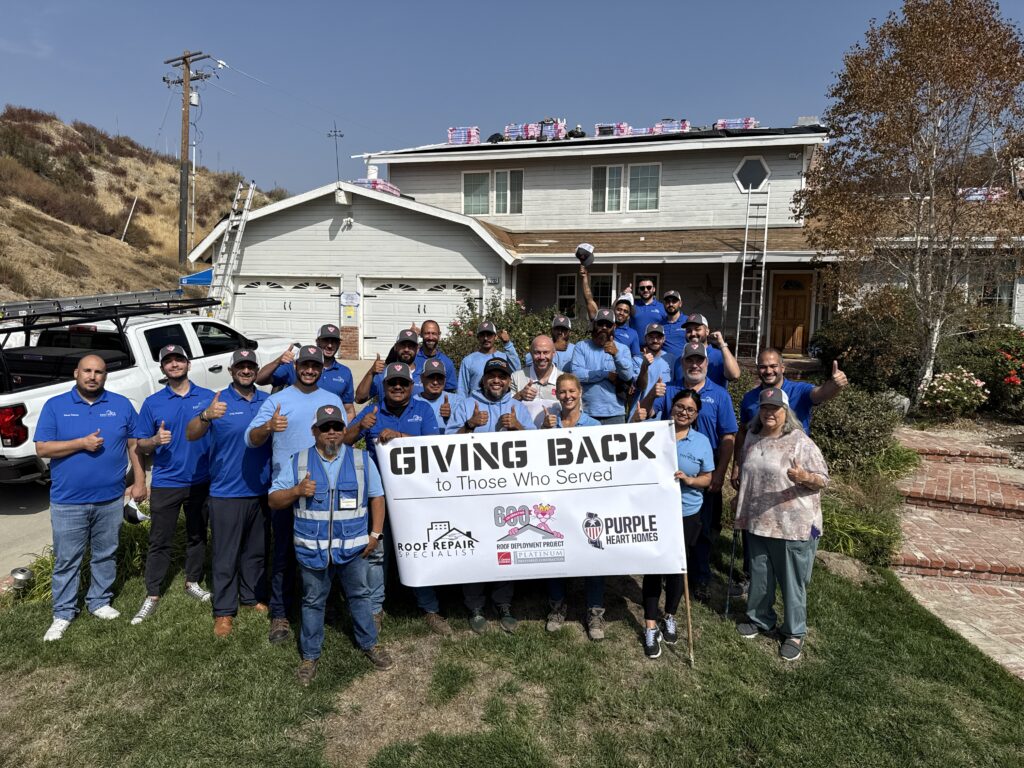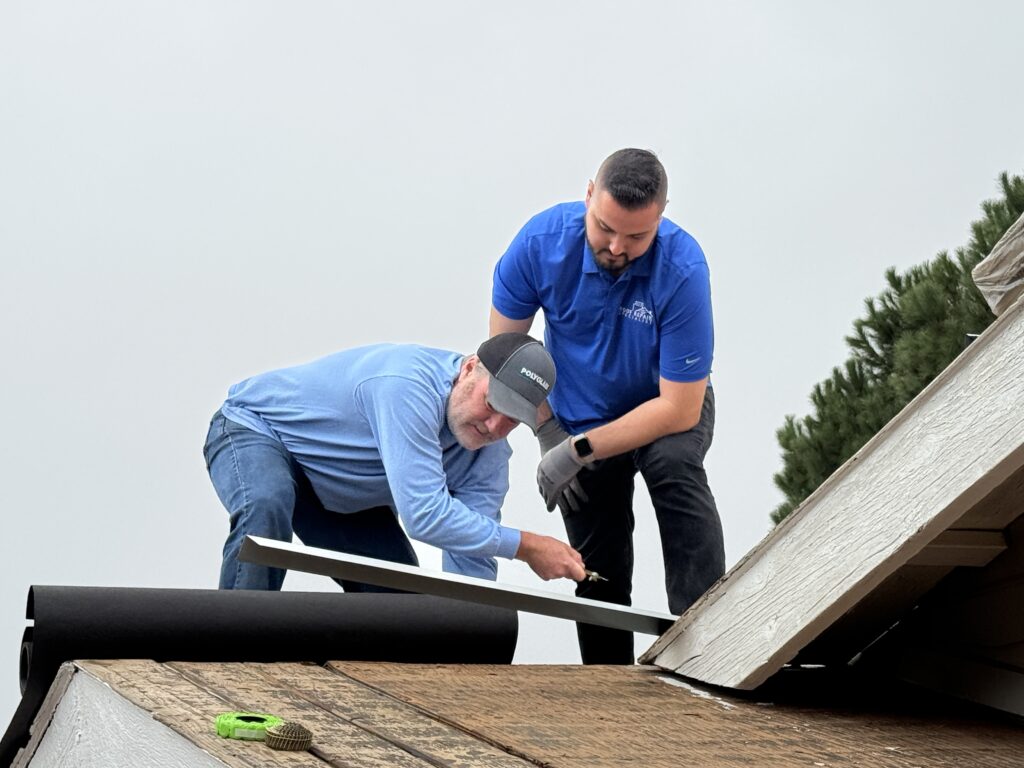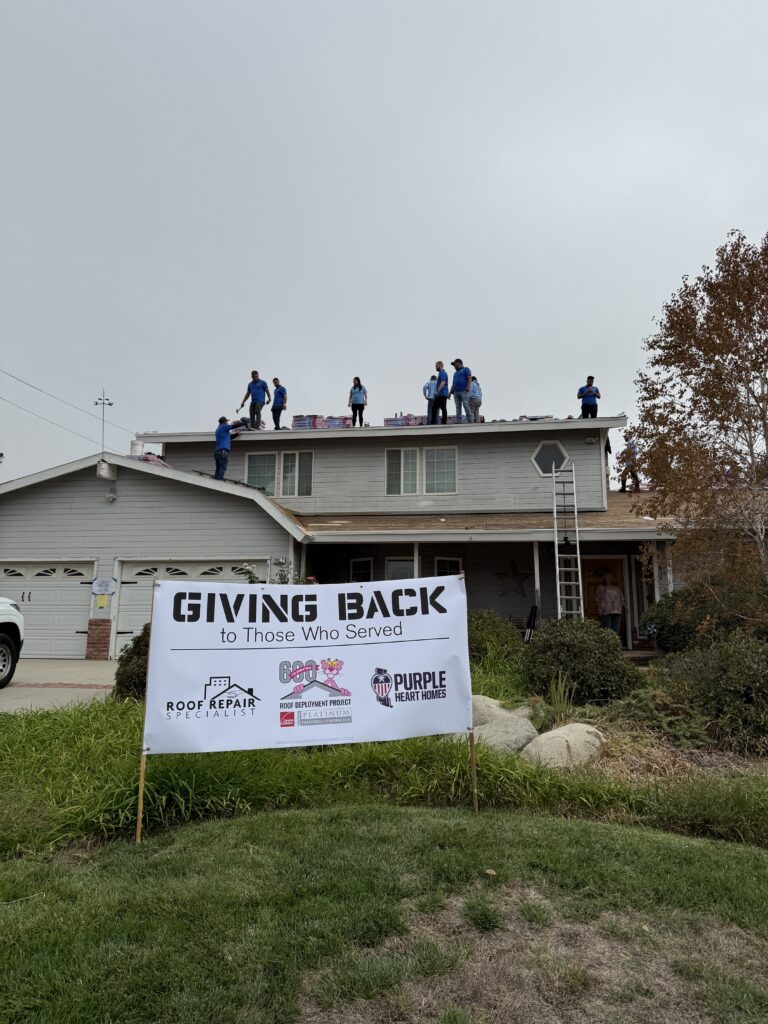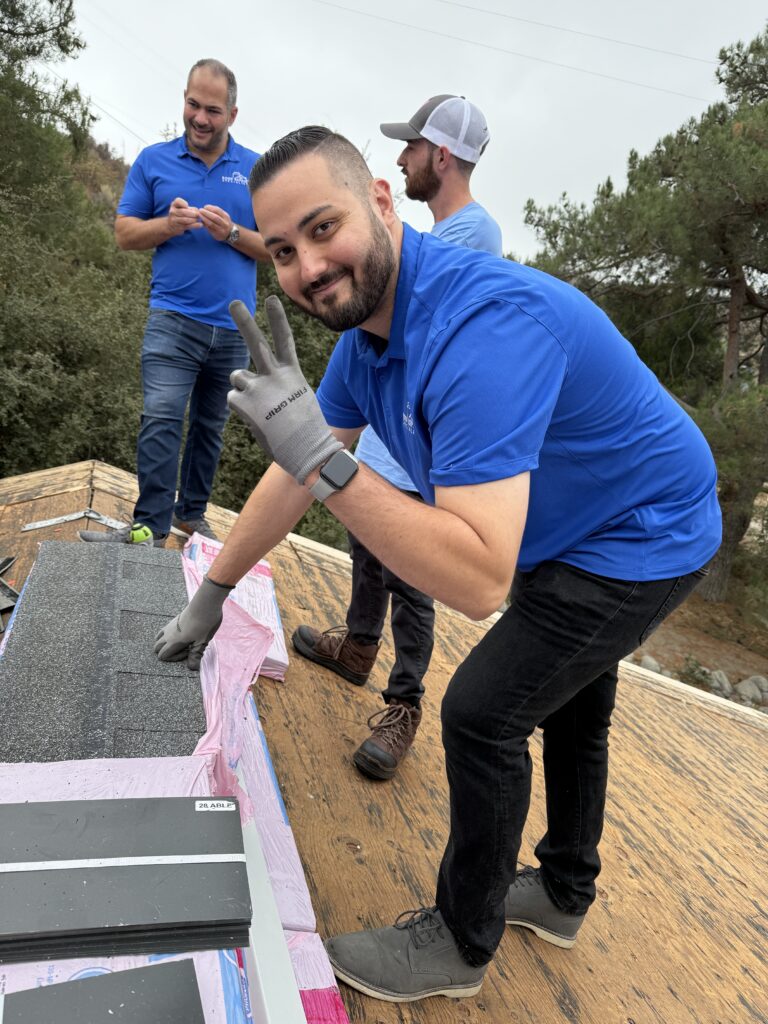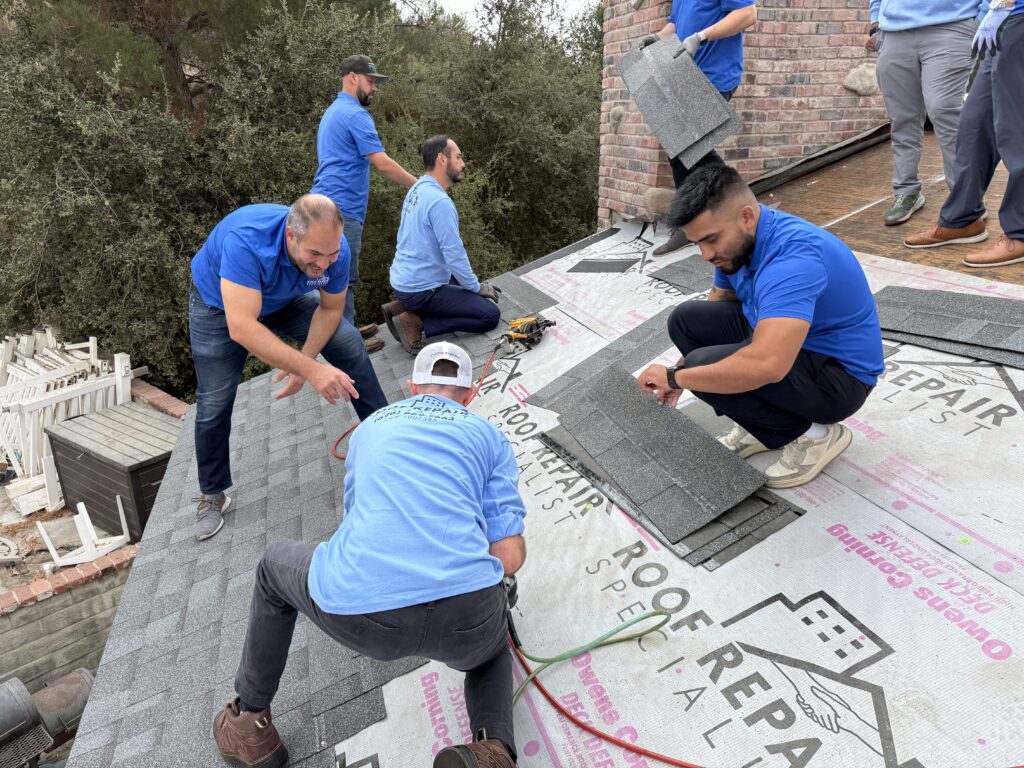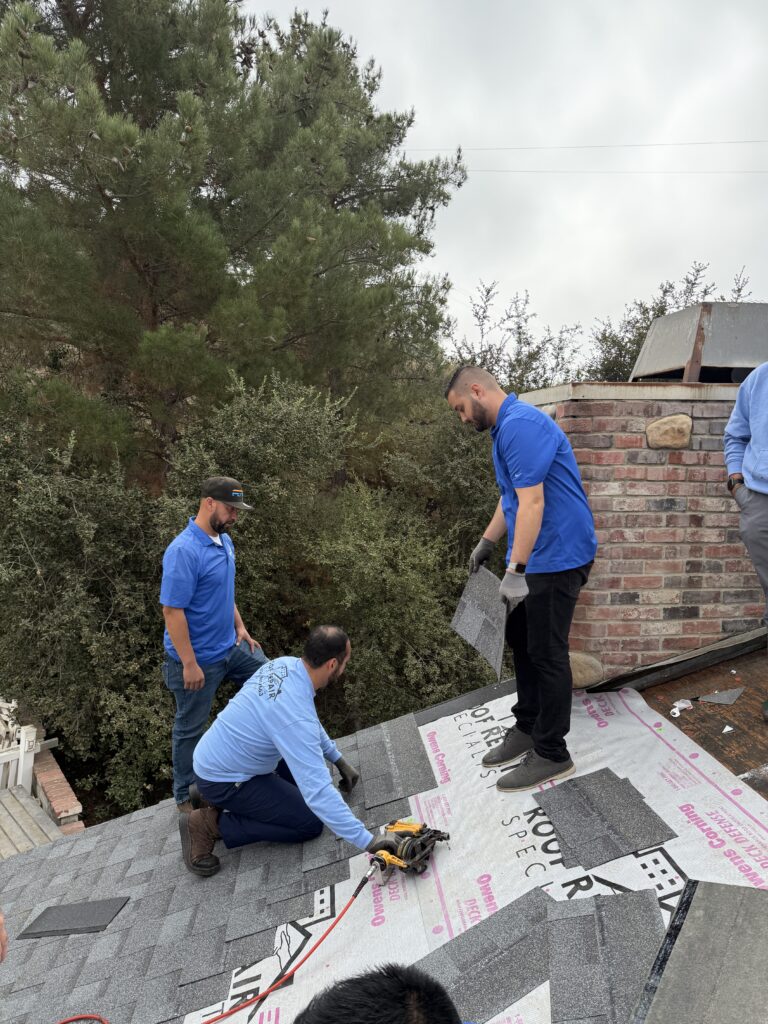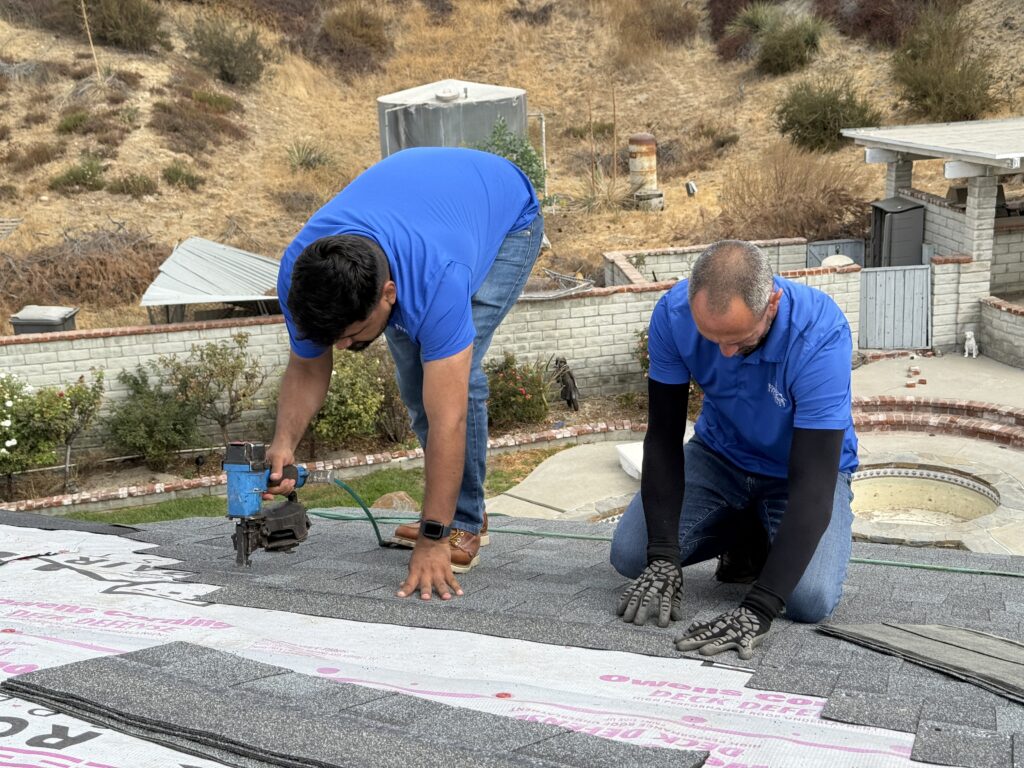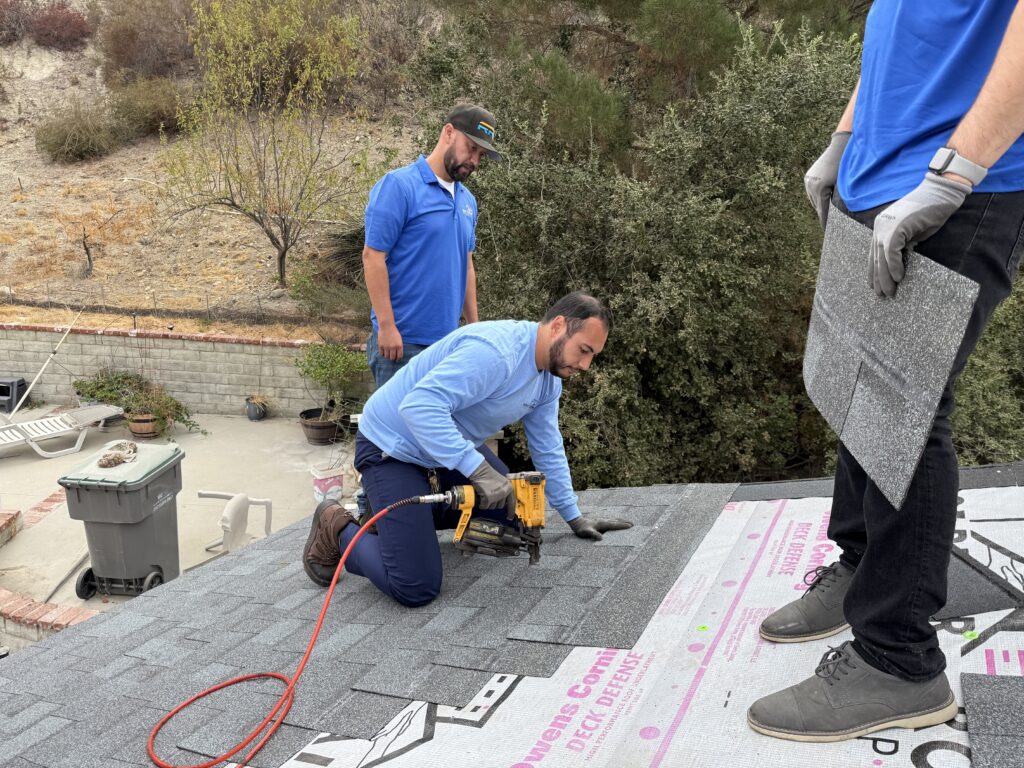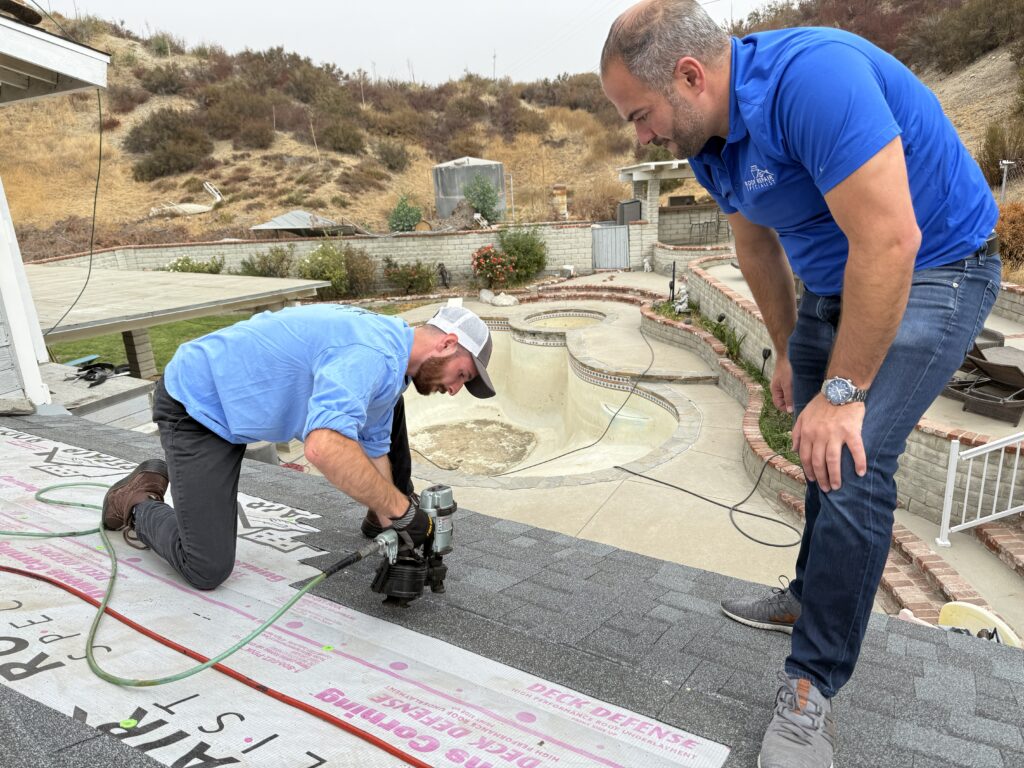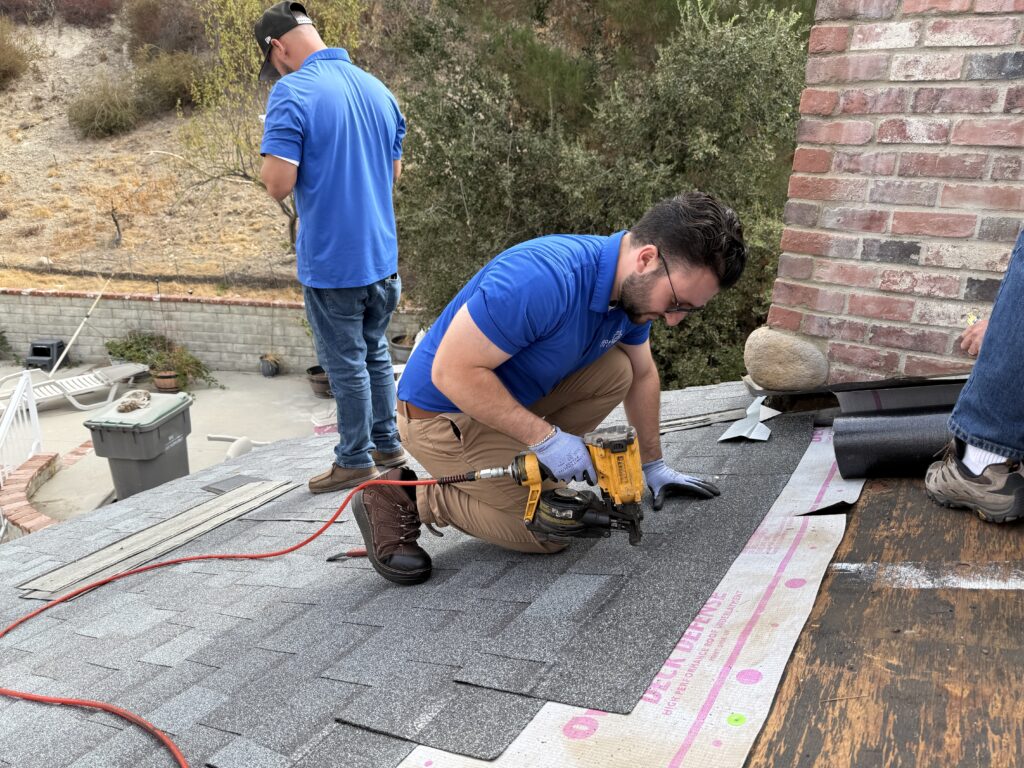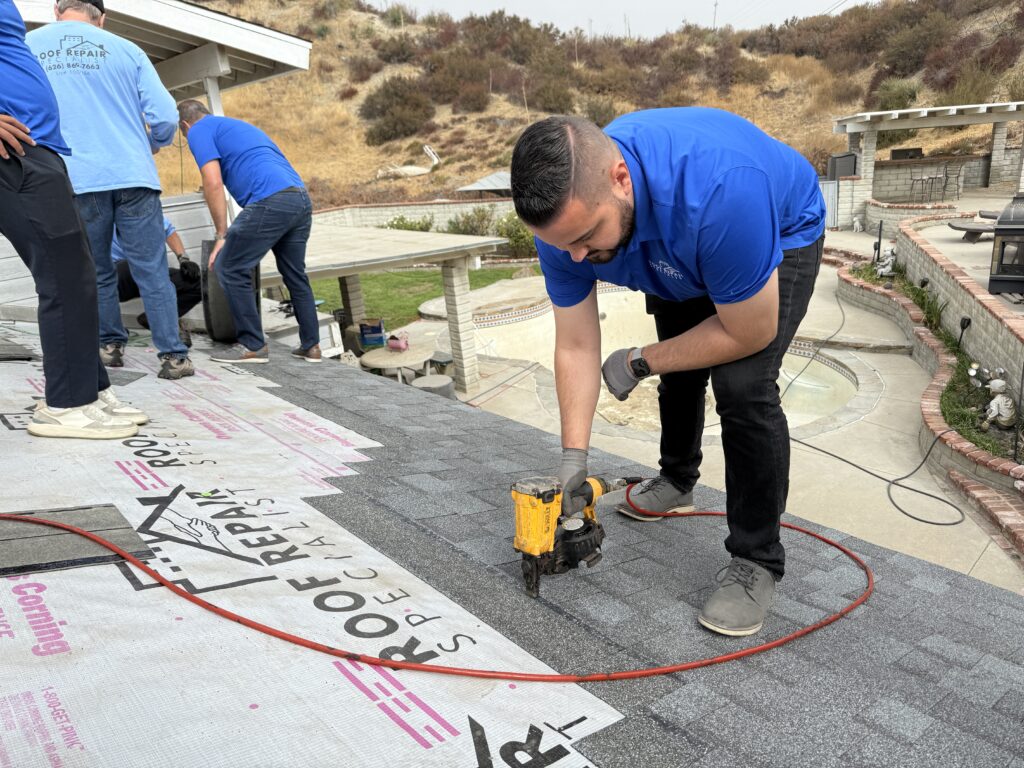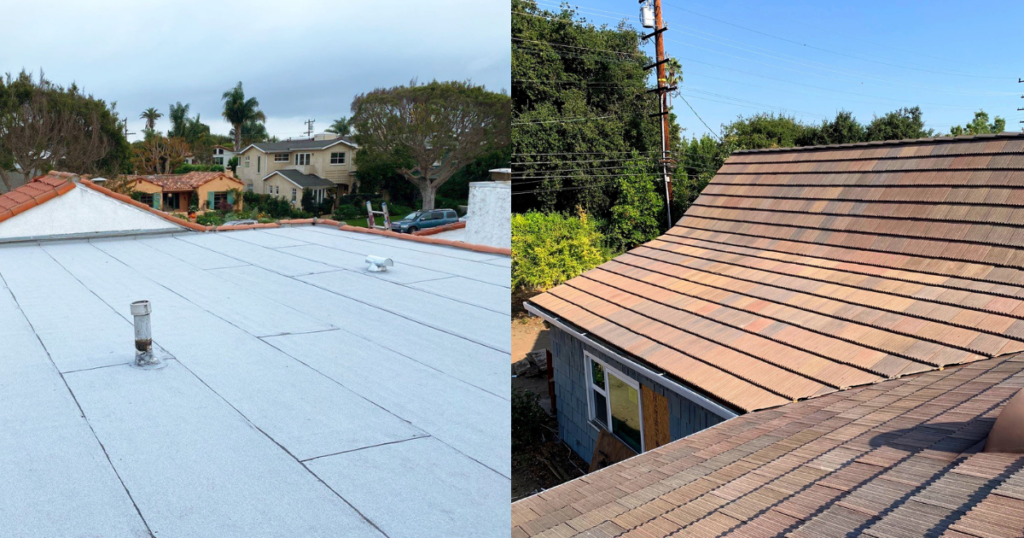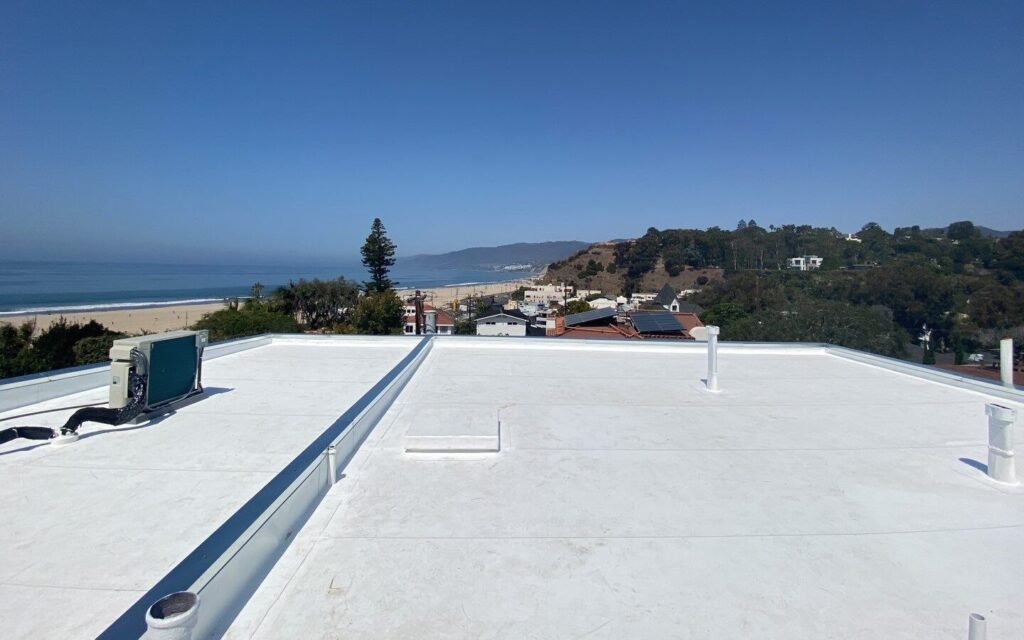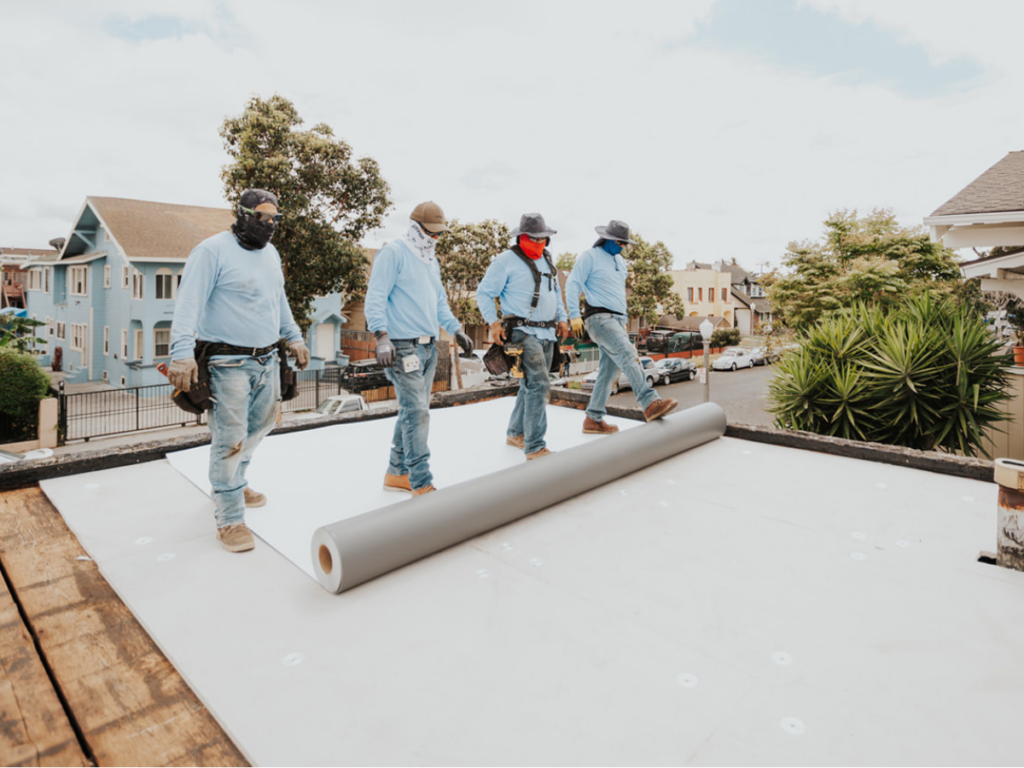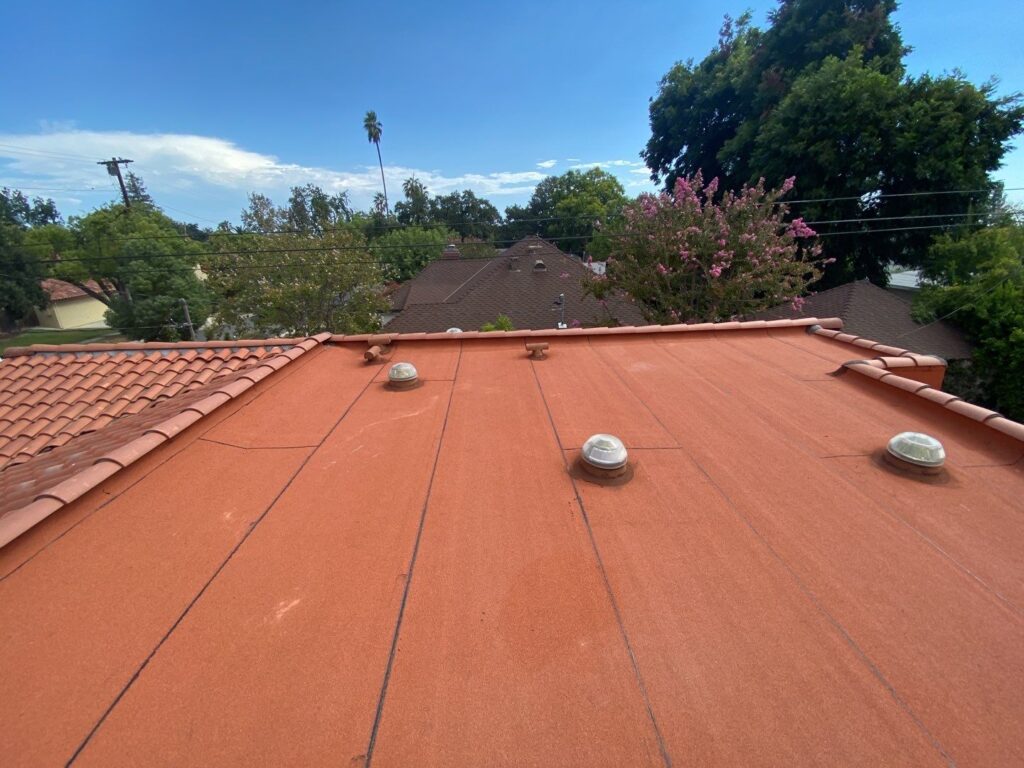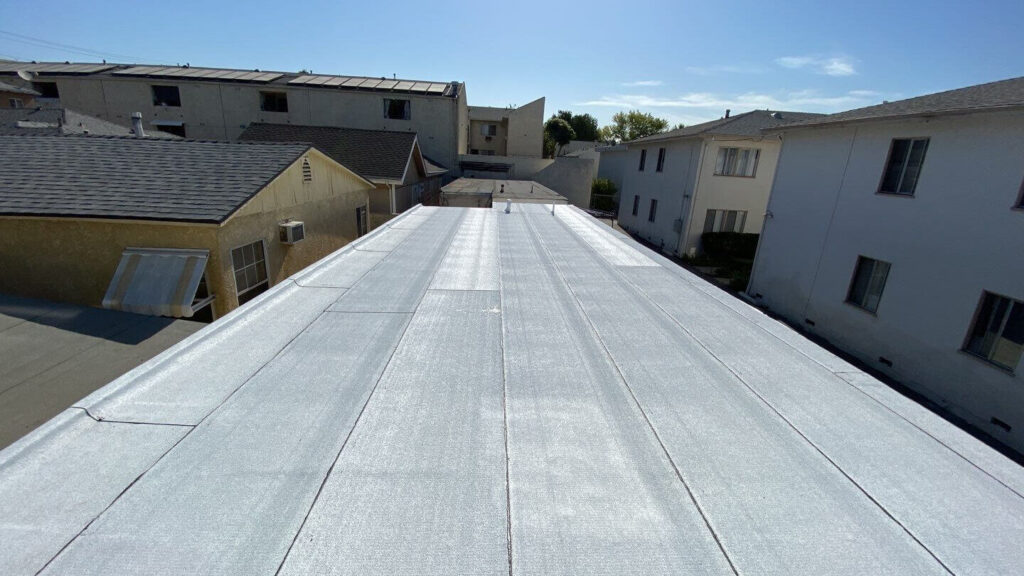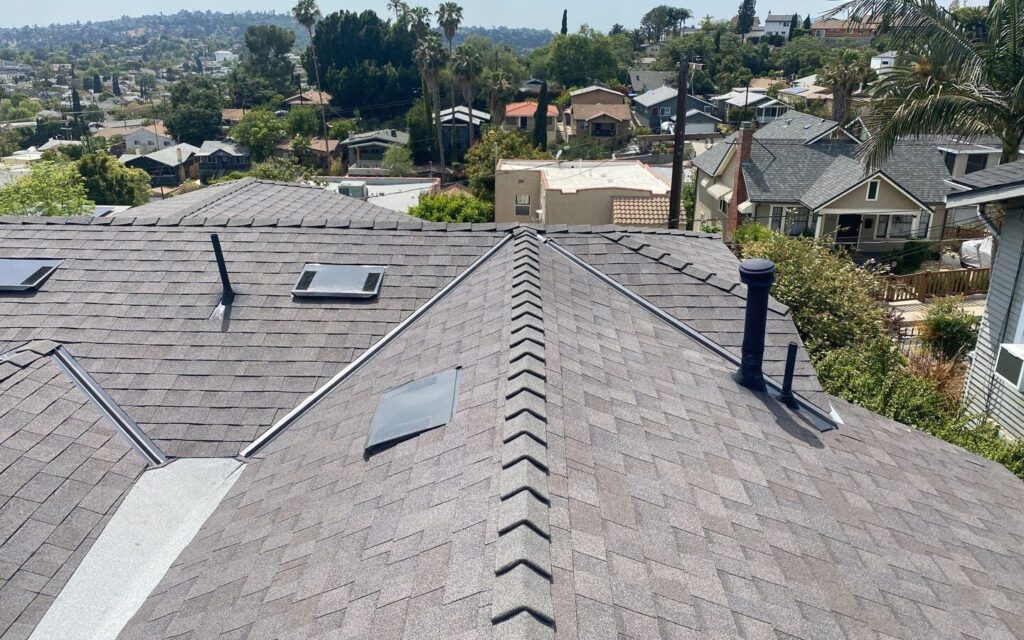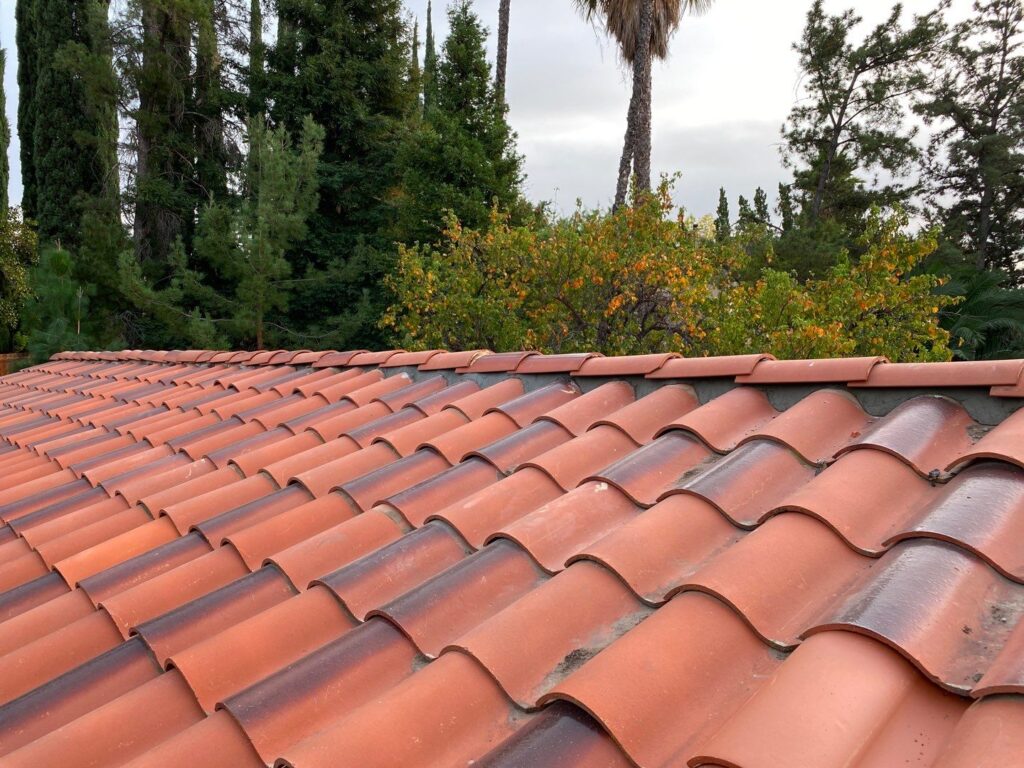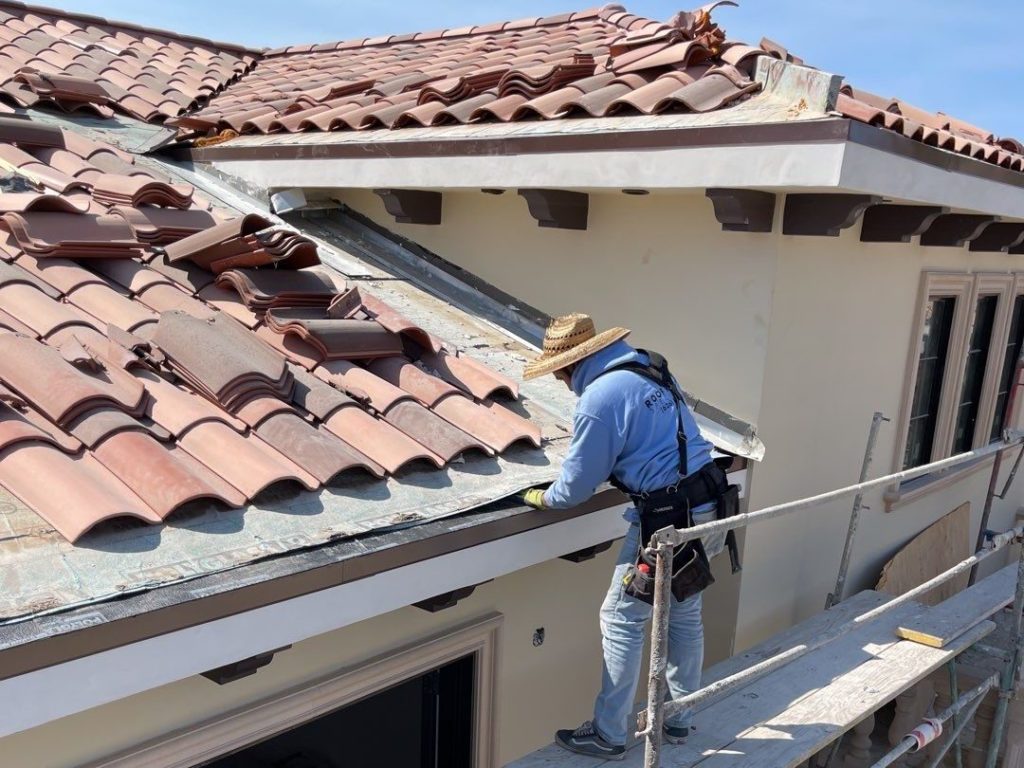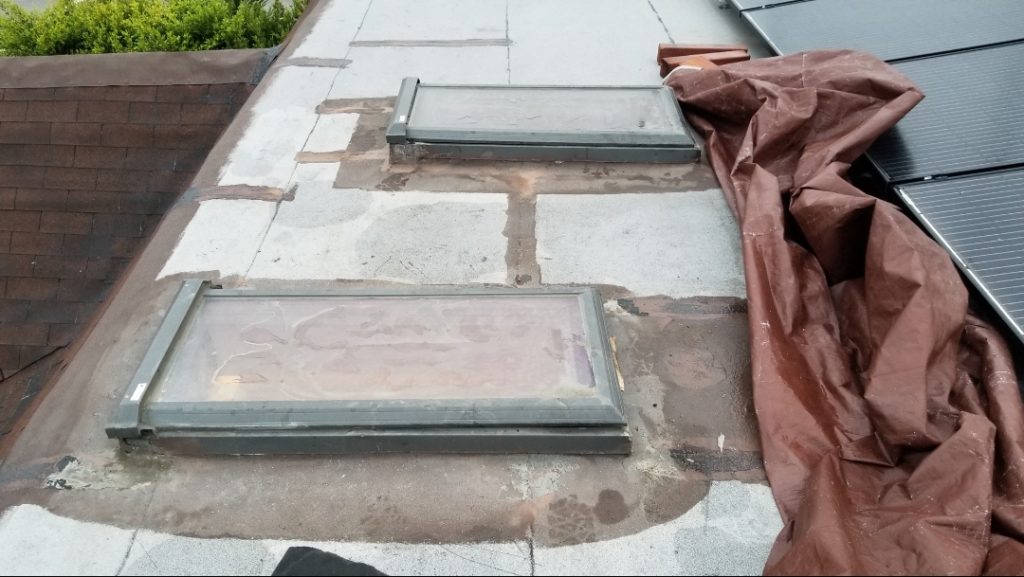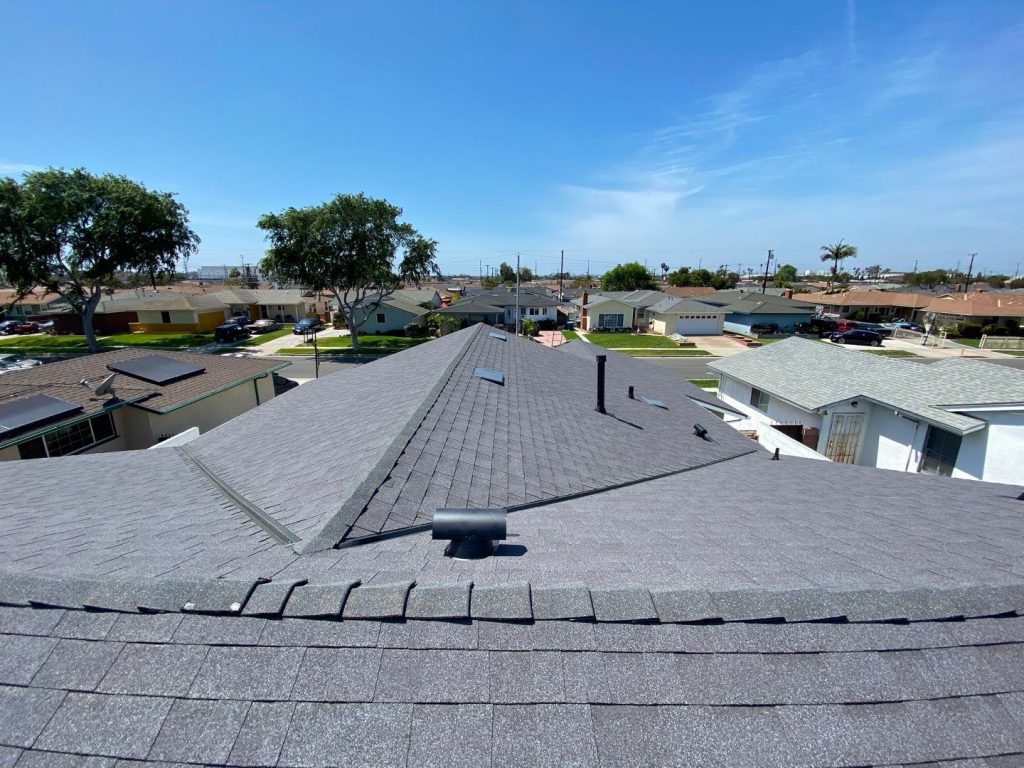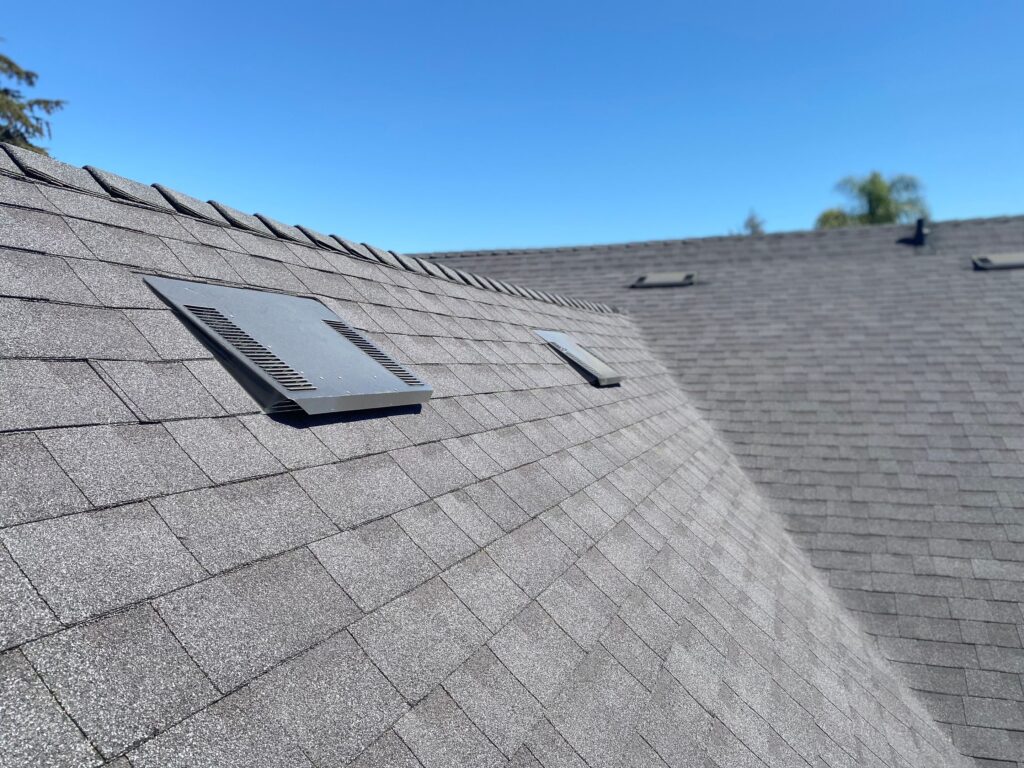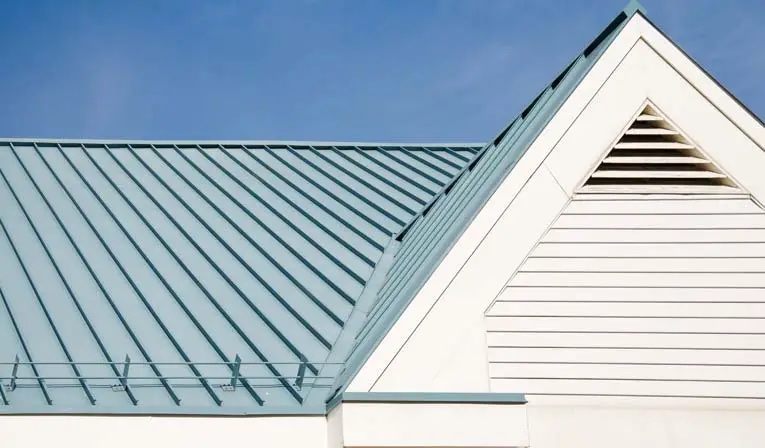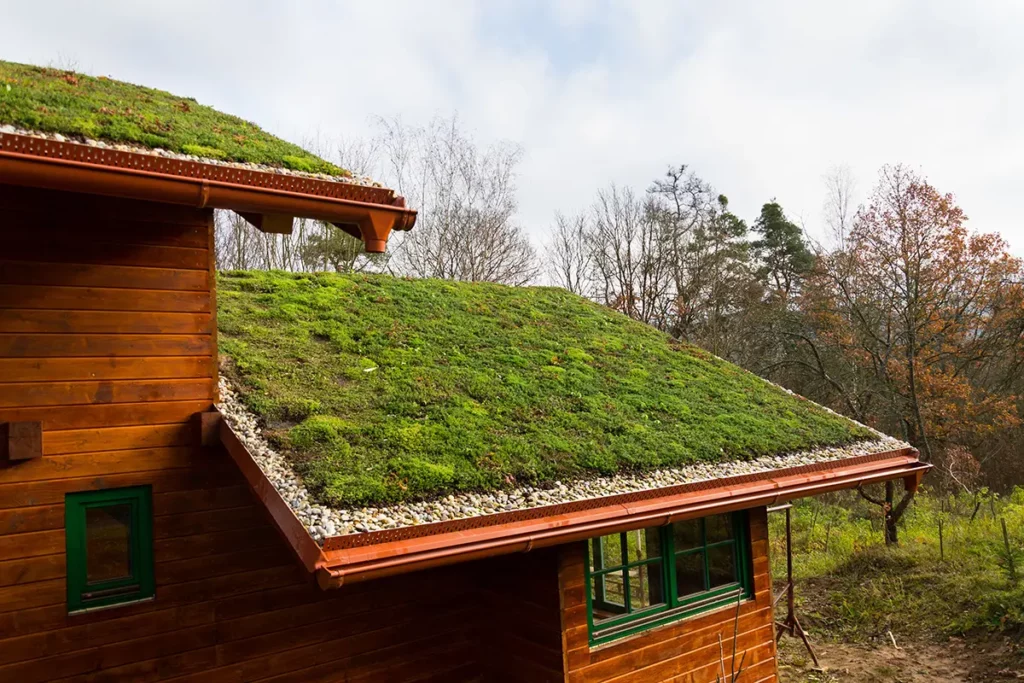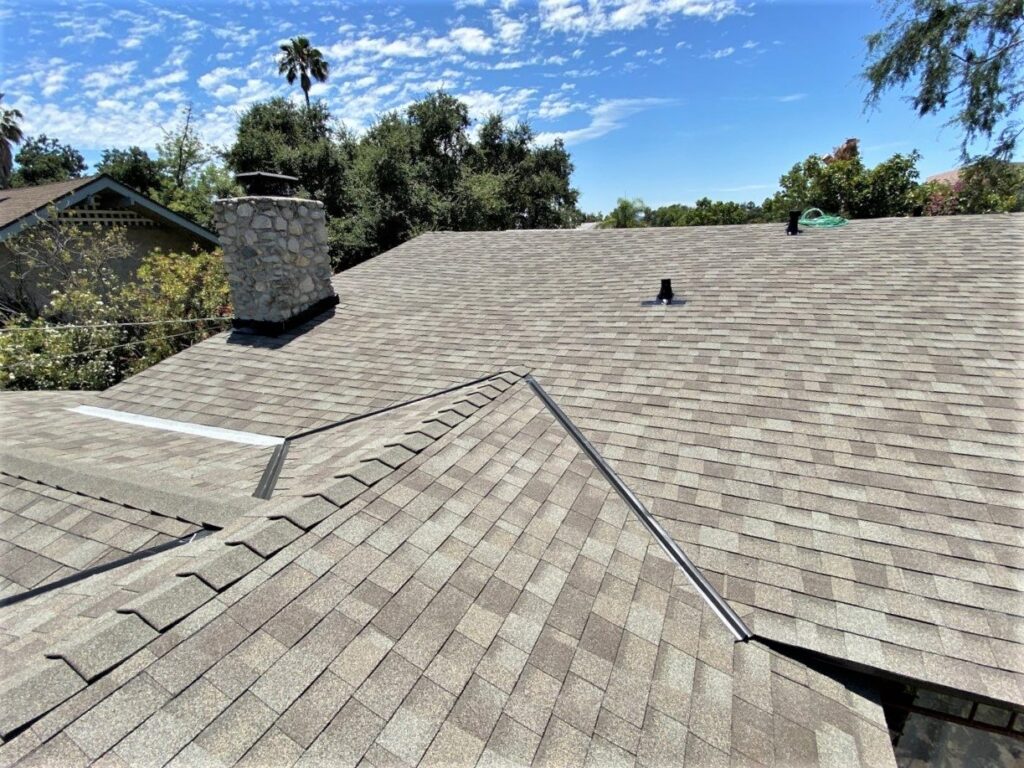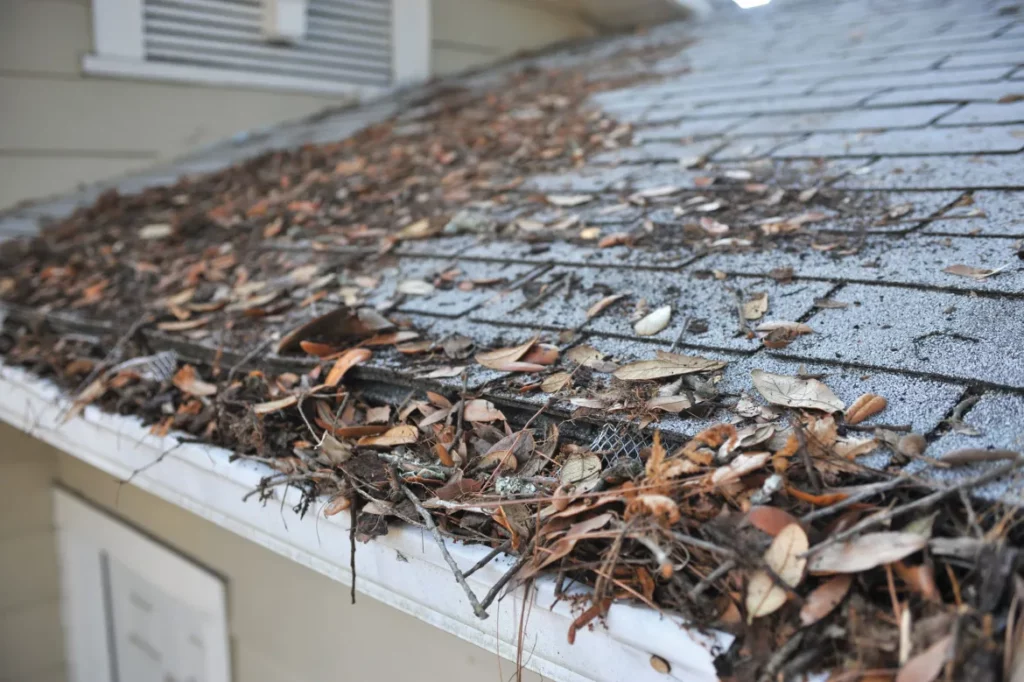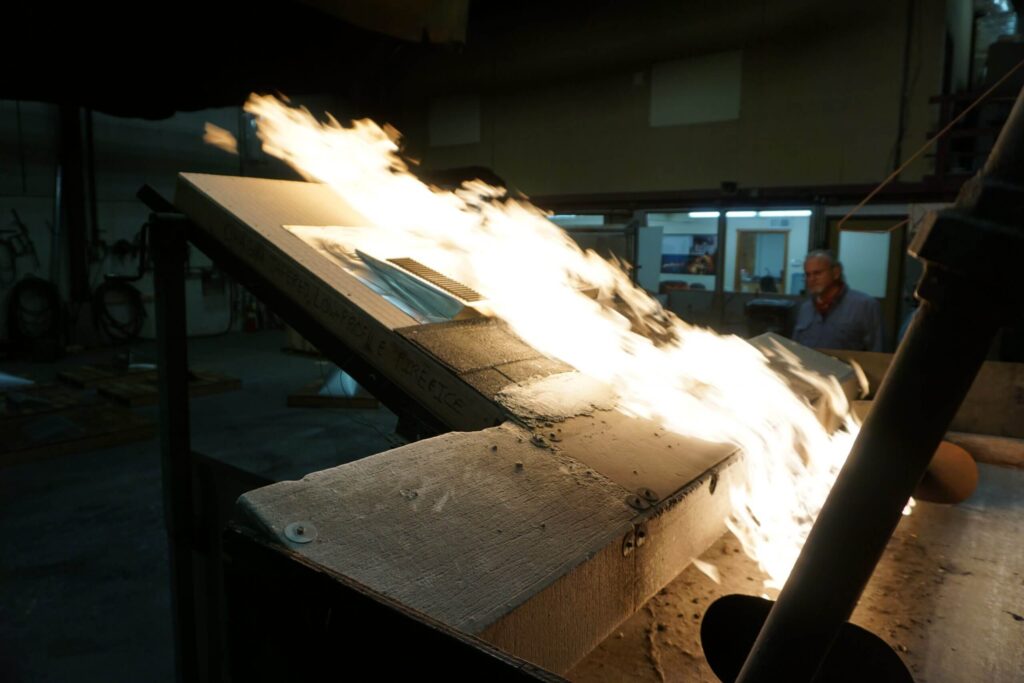
As wildfires have become a recent concern in the Los angeles area, many homeowners are now considering ways to fireproof their homes and larger properties.
One major reason homes catch fire is because of wind-blown embers. To protect your home, you should focus on protecting small openings, like vents. Using ember-resistant vents is important. They help keep these burning embers out and protect the weak spots in your home. Let’s explore how these vents work and how they can protect your property.
How Embers Ignite Homes During Wildfires
During a wildfire, wind-blown embers can travel far and eventually land on homes that are a good distance from the fire. These small and hot embers can be very dangerous. But how do they turn from a small risk into a big fire that destroys homes?
This is where regular vents become a problem. Your average roof vent is meant to bring fresh air in, but unfortunately embers can also find their way in through vent openings.
Once the embers get into the attic or home, they can easily catch fire in attics, crawl spaces, or walls. Insulation, wooden frames, and personal items can quickly catch fire, causing a fast-spreading blaze in your home.
The Role of Ember Proof Vents in Preventing Fires
To understand why ember-resistant vents are important, we need to look at how regular vents can be weak. For example, soffit vents help the attic breathe, but they sit under the eaves where embers can gather. Eave vents, which are meant to let out heat and moisture, can also let in embers blown by the wind.
Regular vents often do not protect well against fire threats. Embers that travel far can easily find their way in from a vent’s opening. Once these smoldering bits get inside, they can ignite dust, cobwebs, or other flammable stuff usually found in attics, crawl spaces, or anywhere else with vents.
Ember-resistant vents solve this problem because they are built to keep embers out. Ember proof vents have features like fine wire mesh, baffles, or special coatings that block ember entry but still allow fresh air in.
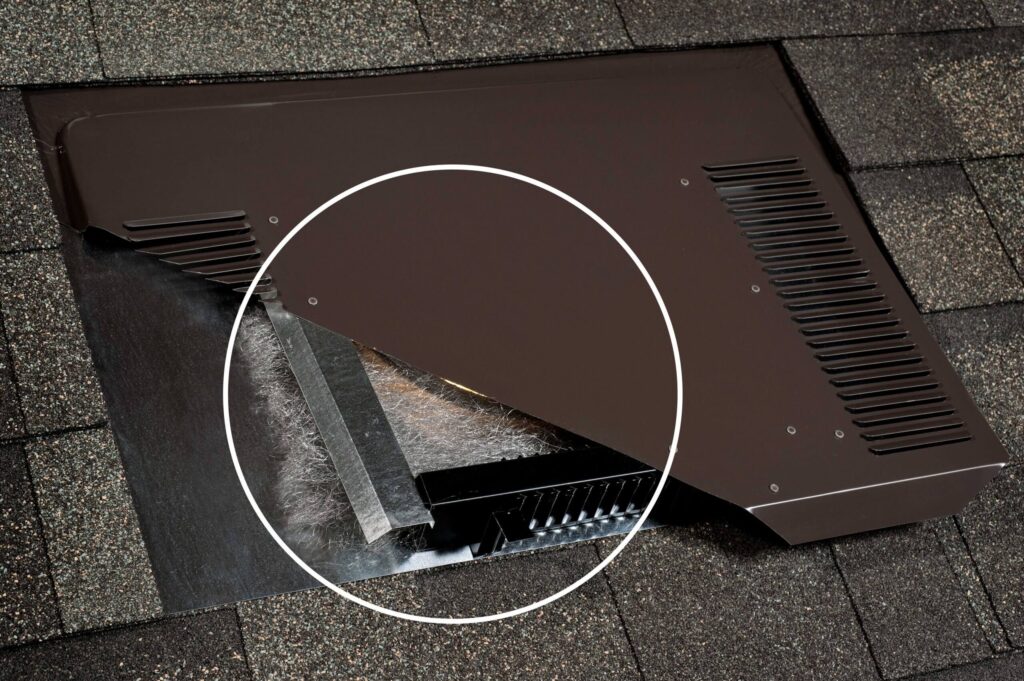
The Science Behind Ember-Proof Ventilation
Ember-resistant vents are important for protecting your home from embers. But how do they actually work?
Ember proof vents use special design features to keep your home safe. For example, Vulcan Vents have a unique patented solution. They combine mesh screens with an intumescent coating. This coating expands quickly when it gets hot. It seals the vent openings tightly, stopping embers and flames from getting in.
Another great fireproof vent comes from O’Hagin. The O’Hagin Fire&Ice® vent is a specialized attic ventilation system designed to enhance airflow while providing superior fire resistance. It incorporates an advanced internal baffle and ember-resistant mesh, which help prevent wind-driven embers from entering the attic—a critical feature in wildfire-prone areas. This design meets stringent fire codes, including CAL FIRE requirements, by effectively blocking embers while still allowing for proper ventilation, reducing the risk of heat buildup and structural damage.

Types of Fire-Resistant Vents
When considering fire-resistant vents, it’s important to note that a single size won’t suit all roofs. Different roof types require specific vent designs to ensure optimal protection and air circulation. This overview examines the choices available for shingle and flat roofs, particularly in areas prone to fire hazards.
For shingle roofs:
- Ridge Vents: These go along the peak of the roof. They help let out heat and moisture. Ember-resistant ridge vents often use stainless steel mesh and baffles to keep embers out.
- Soffit Vents: These are placed under the eaves. They help work with ridge vents for better airflow. Fire-resistant soffit vents often include fine mesh screens to stop embers.
- Gable Vents: These are found at the gable ends of a home. You can add ember-resistant covers with stainless steel mesh and special dampers to them.
For flat roofs:
- Flat Roof Vents: These vents usually have a dome shape and a protective cover. Look for options made with corrosion-resistant materials like stainless steel. Features like mesh screens and intumescent coatings add extra protection.

So how can ember-proof vents protect your attic and home?
Imagine this: in a wildfire, wind can carry burning embers for miles toward your home. Without the right protection, these hot pieces can enter through regular vents, making your attic very risky.
But if you use ember-proof vents, you add an important layer of protection. They are made with a strong stainless steel ember mesh and other smart features like special coatings. This design keeps embers from getting into your attic and catching fire to things like insulation and wooden beams.
Also, ember proof vents let outside air flow in. This is vital for good ventilation. It helps stop heat and moisture from building up and harming your home over time. So with ember-proof vents, you not only guard against fire risks but also create a healthier and stronger home.
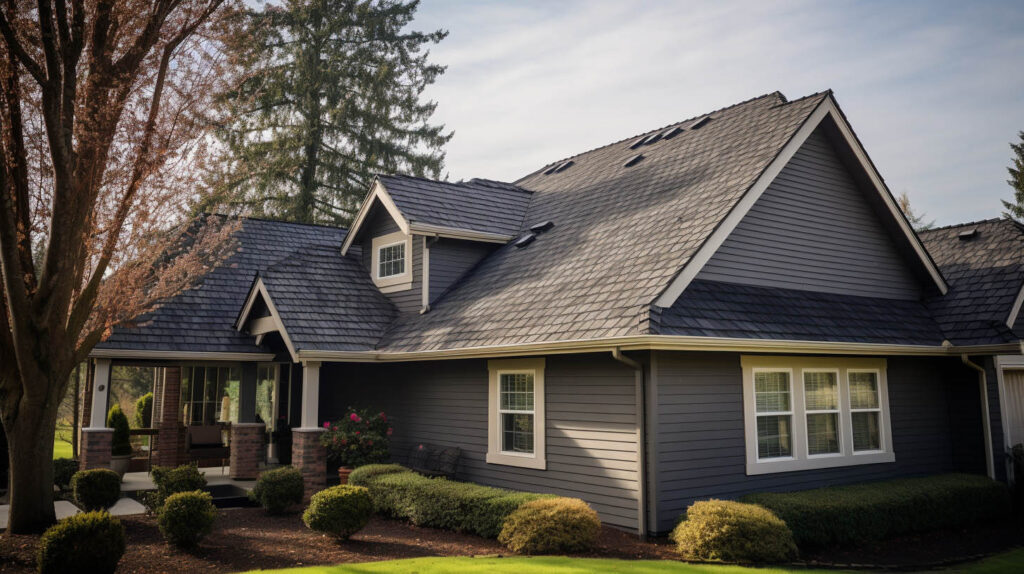
Navigating ember-resistant vents can seem difficult. But, Cal Fire and other safety groups offer resources to help homeowners. When picking vents, look for strong designs, durable materials, and those that follow the California Building Code. Stainless steel with an intumescent coating is a good option.
If you live in the wildland-urban interface (WUI), these choices are even more important. It is a good idea to talk to a skilled contractor who knows about wildfire-resistant construction. They can help you choose and install the right vents for your home’s needs.
Choosing Vents for Shingle Roofs
When choosing flame-resistant vents for shingle roofs, think about materials and designs that offer great ember protection. Choose vents made from non-combustible materials like stainless steel or galvanized steel. These materials avoid corrosion and can stand up to high heat.
Look at design features that improve ember resistance. Find vents that have fine mesh screens to block embers while still letting air flow. Vents with baffles or louvers can help to redirect embers and stop them from coming directly into the vent.
Also, check if the vents have an intumescent coating. This coating expands when it gets hot, creating a seal that keeps flames and embers out. Don’t forget that newer homes in fire-prone areas might already have ember-resistant vents because of building codes. But older homes may need updates. If you’re not sure if your vents are good enough, talk to a qualified contractor who knows fire-resistant construction. This can help you make the right choices.
At Roof Repair Specialist, we are standardizing O’Hagin’s Fire&Ice® Vents across all shingle roofs in the greater Los Angeles area. These vents are built to keep embers out and are an excellent solution for fire resistant roofing.
FireProof Home Solutions for Flat Roofs
Fireproofing a house with a flat roof needs careful thought about ventilation. The good news is that Polyglass offers fireproof roofing solutions just for flat roofs.
If you have a flat roof, you can install Polystick® XFR as a fire-resistant underlayment. This underlayment can be installed on flat roofs, as well as tile roofs as the layer that goes underneath the main top material. This creates a fire-resistant layer, and has become a standard in some areas already.
Another solution for flat roofs is to install Polyfresko® G FR (cap sheet) to your garage, home, or commercial building. Combined with the fire-resistant underlayment, this is a fire-resistant top layer that can be a great addition to your flat roofing system.
Fireproof Roofing Solutions for Your Los Angeles Property
In conclusion, keeping your home safe from fires is very important. Ember-proof vents are a key part of this safety. When you know how ember-proof ventilation works and pick the right fire-resistant vents for your roof, you can lower the chance of fires caused by embers. Buying good ember-proof vents not only protects your attic and home but also helps improve airflow. If you want to upgrade your home’s ventilation, check out the options available. Make safety your top priority without losing quality. Remember to regularly check and maintain your ember-proof vents to ensure your home stays safe from fire.
If you live in Los Angeles County and are interested in fireproofing your home, get in touch with Roof Repair Specialist today to learn more about fire-resistant vents and roofing materials to protect your home and business.
Frequently Asked Questions
Can ember-proof vents also improve airflow?
Ember-resistant vents, like Brandguard vents, are made to help with balanced ventilation. They stop embers from getting inside. At the same time, these vents let outside air flow in. This helps reduce moisture buildup and keeps the airflow in your home healthy.
Are there specific fire-resistant vents recommended for homes in California?
Yes, the California Building Code and State Fire Marshal set rules for fire-resistant vents. This is important for homes in the Wildland-Urban Interface (WUI). You should choose vents that follow these guidelines. They often include features like ember-resistant mesh, baffles, or special coatings that expand when heated.
Where can homeowners find reliable installation services in Los Angeles?
Los Angeles homeowners who want to install ember-resistant vents should reach out to licensed contractors like Roof Repair Specialist. These contractors focus on fire-resistant construction. Homeowners can also ask local fire safety groups for referrals and recommendations.





